MyCollege Prep
Loaded
I was tasked to create this project to help students get a better grasp on the college application process and succeed in their current academic careers. Field research was conducted to develop the design process, and to help understand the target user’s goals.
3 months
Figma
The problem lies in their limited amount of tools to accomplish this objective. Many, if not the majority of middle and high school students of the information age, would respond quickly to notifications of internships geared towards their prospective focus.
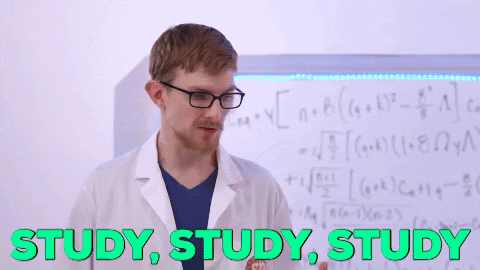
Since the rush of web and mobile applications, many schools have forgone the use of textbooks and other paper materials for more convenient technology alternatives.
The above images show articles from The Hechinger Report, reporting on student college and career preparation in high school and FSU Academic Library system, discussing fostering college readiness.
How was testing performed? In order to further validate the idea, I conducted a series of 1:1 interviews with the primary base I was targeting. Participants were found on User Zoom to engage in a series of two 30 minute interviews. I utilized the responses to understand what participants would need to feel prepared for higher education, a career choice, and their existing coursework.
Questions were grouped into three categories:
Demographic: used to identify the target audience’s age, gender, and grade level.
Preparedness: used to determine if students feel their current academic experiences prepare them for higher education/career choice.
Technology: used to determine why students prefer technology-based learning.








User research was pertinent to discovering more about the target users and their preparation methods, frustrations, goals, and ultimately what they would like to accomplish with a potential application.




What did I learn from my research? Before moving into the design phase, the main research findings were:
Early on during the research phase, a competitive analysis was performed to understand the landscape of solutions for the problem I was trying to solve. This was important in order to formulate a solid foundation for the application. My goal was to gain strategic insight on the flows, functions, and features that the competition possesses in order to continue the design process.
For instance, College Interactive is a great tool to help match students with colleges depending on their career interests but mainly focuses on this point.
Naviance was the application I found to be the most well-rounded as it focuses on course direction and academic success while students are still in primary and secondary education, which courses to choose that would align with the students chosen college major, help with choosing a major, along with many other pertinent topics to the college admission process.
After this analysis, I found that an application that focused on both the student’s current courses and their post-secondary preparation would be most ideal for student to succeed.
Before starting the ideation phase, user personas were created that summarized the research data collected. This helped to keep the user’s frustrations, motivations, and goals in mind when evaluating possible design decisions. Research insights kept pointing to creating a native mobile application for faster performance, better interaction, and a more responsive experience for the user.
This phase was also a catalyst for forming options outside of the obvious ones and making room for innovation. The left image is a complete mind map of all the solutions and the right image is marked with an indicator that the solution may involve hybrid learning or virtual and in-person learning.
I found that the majority of the above solutions could be displayed online or via a mobile app, however many of the options would benefit from a hybrid solution where students can gain hands-on experience as some students learn better in an actual environment. For instance, tasks like job shadowing can take place in a virtual sense, but certain majors may be better experienced in an in-person setting such as biology or physical therapy.
Students can also receive feedback from professionals in their chosen field and have a convenient place to keep up with all their homework, project assignments, and class syllabi among other documents. Another objective of the application is to stress the importance of face-to-face communication and interaction between students, mentors, and teachers which includes:
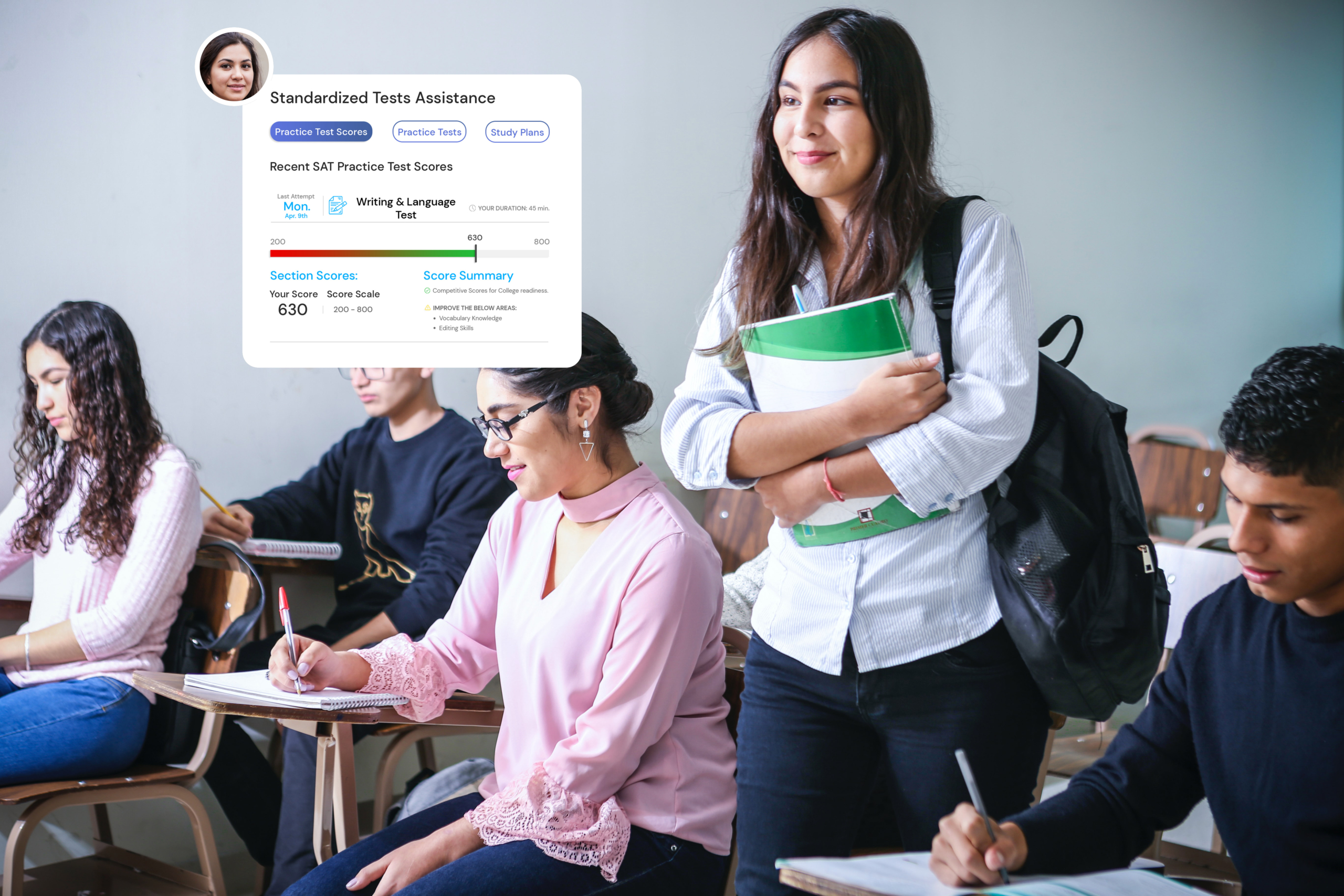
Before starting any prototypes or development, I wanted to first communicate the idea through a condensed application flow to show the main functionalities. A paper prototype and Axure wireframe user flow were created to further develop the design and functionality on each page. This prototype could be used for quick usability tests to determine the strengths and issues of the application determined by the target audience.
For the UI, I opted for a simple and clean design, legible typography, and uncluttered with unnecessary elements. The emphasis was placed on the application being as broad as possible for all users.
To aid in the implementation of the concept, three main goals were kept in mind during the design process.

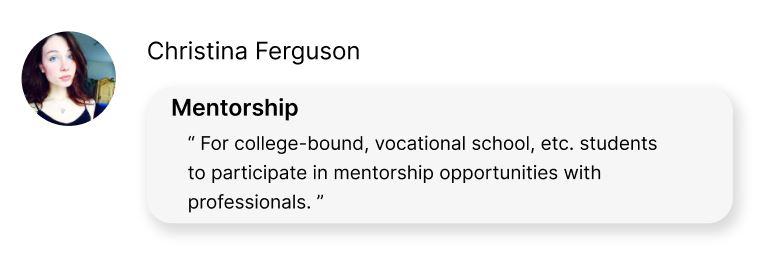
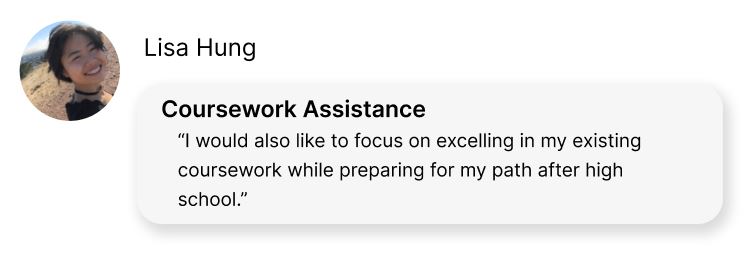
In order to visualize the journey the target audience would take, a streamlined user flow was created to illustrate the onboarding and student profile experience. This assisted in further solidifying the actions a user would take in the beginning stages of the application.
To further validate the design and functionality, I created wireframes in Figma that could be used for brief usability tests. This would help to determine the strengths and weaknesses of the app from the user’s feedback. Below is a condensed version of the app’s wireframes.
I created a wireframe to further develop the design and functionality on each page. This could be used for quick usability tests to determine the strengths and issues of the application determined by the target audience. The following considerations were formulated:
In order to further validate the idea, I conducted a series of 1:1 interviews with the primary base I was targeting. Participants were found on User Zoom to engage in a series of two 30 minute interviews. I utilized the responses to understand what participants would need to feel prepared for higher education, a career choice, and their existing coursework.
Questions were grouped into three categories:
For the design exploration and application flow, I used Figma to communicate the app’s transitions and interactions. Prototyping is essential for analyzing the flow, testing the design, and gaining actual user feedback before the development phase.
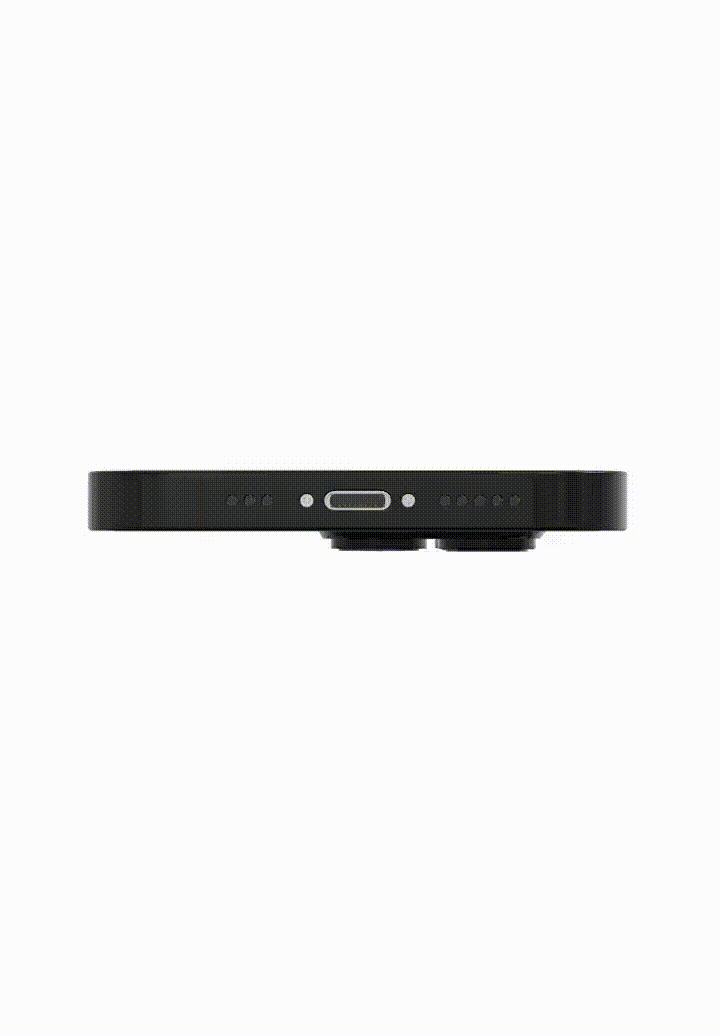
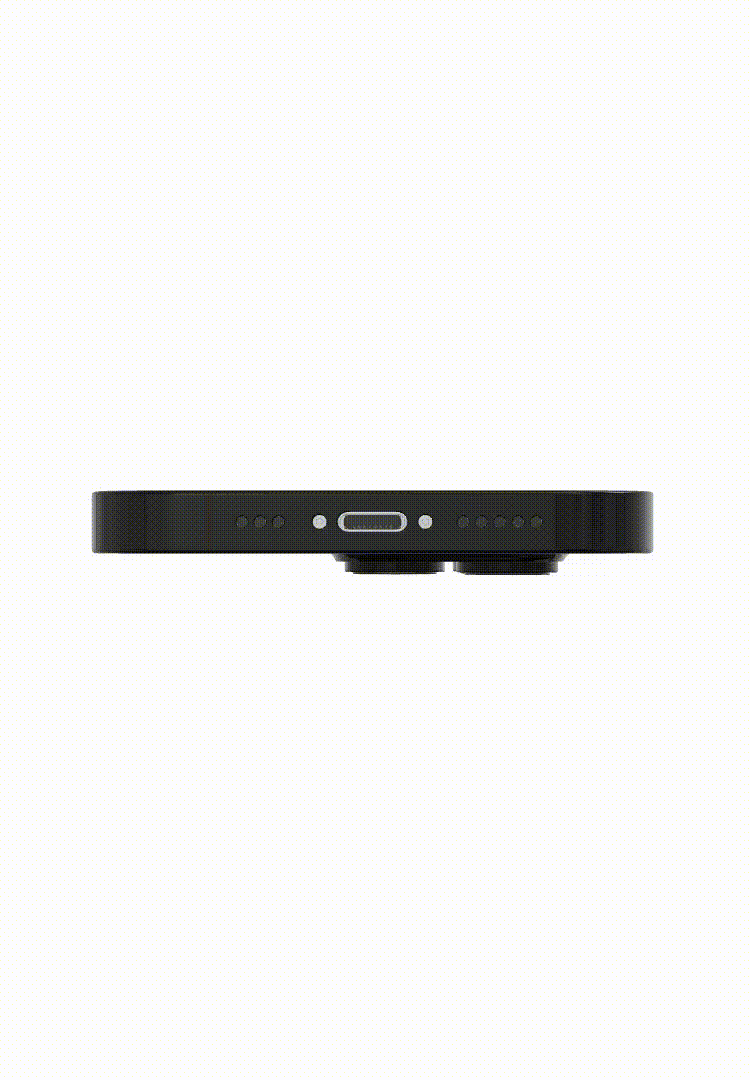
While designing the UI, I wanted to showcase some of the applications including:
An evaluation of the application was performed with a 1:1 session with seven participants. 2 participants were high school students, 2 were middle school students, 2 teachers, and 1 guidance counselor. The teachers and guidance counselor who participated in the study felt that the application was well rounded, and focused on the main points for preparing students for higher education.
The high schoolers displayed more eagerness toward the application’s college and major preparation features as they were closer to graduation. The middle school students focused more on the application’s career exploration feature as they were not as sure of what career path they wanted to take yet. A cognitive walkthrough and a brief structured interview were conducted. Below are the findings from the user study:
I found that middle schoolers were more focused on finding a career path that they would like to prepare for. They craved more exposure to different professions before choosing one.
The high schoolers were more deliberate in their choices and had more of a structured path on what they wanted to pursue. They mainly wanted to focus on gaining the needed experience before continuing their college prep process.
The user interface was kept very simple with more of a focus on what the application offers.
Drag on the below image for further information.


From the findings and research, many students liked to incorporate paper planners along with keeping up with their assignments, labs, etc. via applications. One big difference was the application’s ability to alert or send notifications of possible internships, which was especially pertinent to graduating juniors and seniors who wanted to gain last-minute experience in their field.
Tutorial videos work great for helping students with areas they struggle in, however, many wanted tutorials and videos that focused specifically on those areas rather than viewing videos on topics they already understand. Suggestions were made to list the problem areas in the course section and have tutorials tailored to these areas.